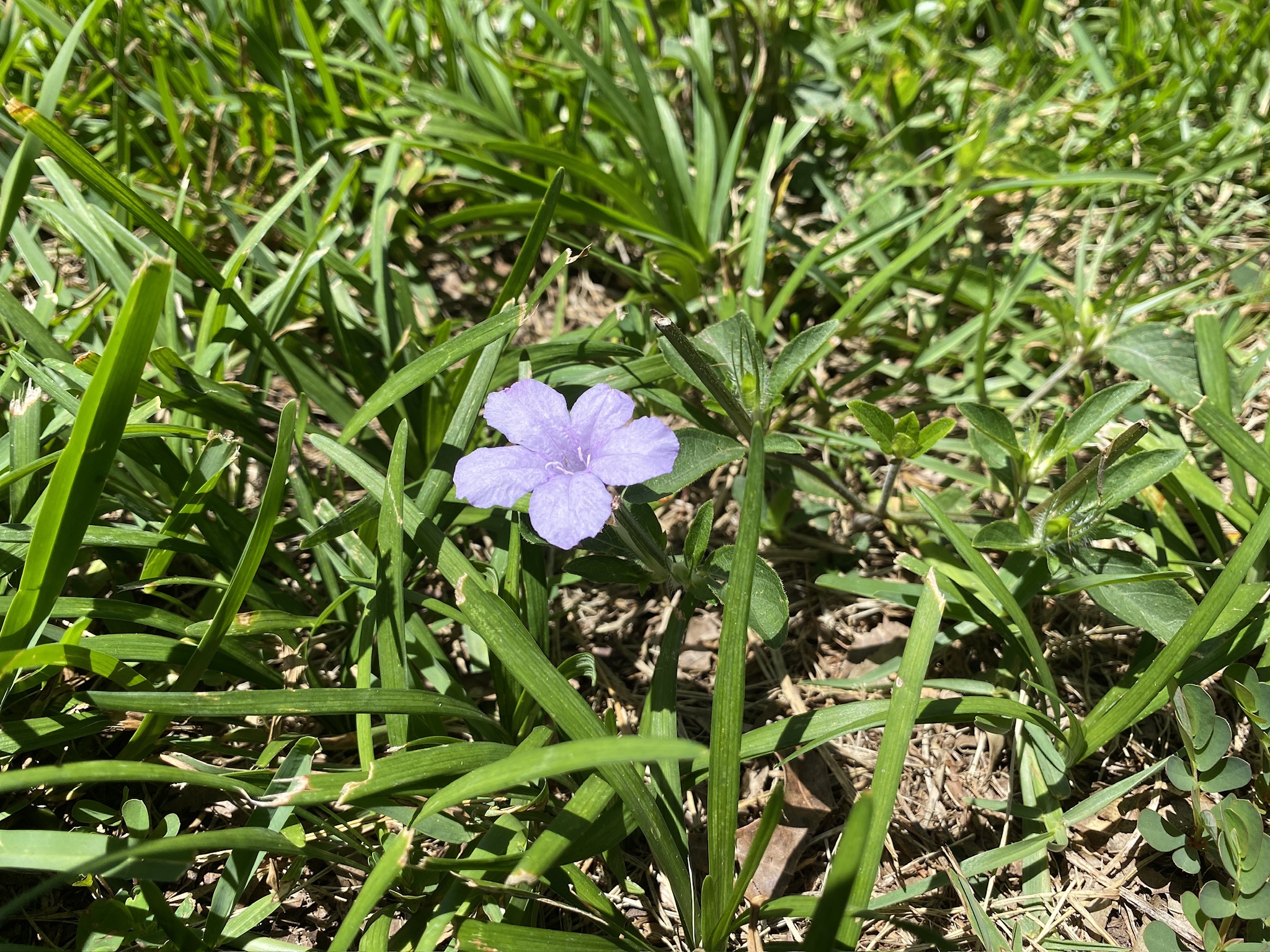Optimization is the Target
“Perfection doesn’t exist, so it shouldn’t be your goal,” he stated.
“Well, of course not,” I self-consciously chuckled because we both know it’s always the goal for me, even though I can never seem to hit the mark.
He politely challenged my denial, “Hearing and understanding are two different things. You may hear my words, but you do not understand my message.” He was correct, but claiming perfection doesn’t exist feels like an attack on what I spent my entire life chasing up to this moment. I was torn between feeling intrigued and defensive.
“I just have high standards,” I offered in a last defense for my pursuit of perfection.
“If you strive for something that does not exist it sounds like you have no standards at all,” he answered compassionately. The truth washed over me, and my defenses crumbled. Striving for something that doesn’t exist left me weary. I was trapped in an unhealthy, unsustainable cycle of burnout, disappointment, and shame. I wanted out.
“When you put it like that, I have to agree. Show me a better way,” was the vulnerable acknowledgment that led me to a guiding life principle: Optimization is the target.
Let’s compare the two cycles to help us better understand optimization as a strategy and how to escape the unfulfilling and maddening trap of perfectionism.

Striving Perfectionist Cycle
Step 1: Set an impossible goal with no realistic plan to accomplish it.
Step 2: Work at an erratic, unsustainable pace with no time to rest or play.
Step 3: Struggle to keep any willpower as burnout becomes inevitable.
Step 4: Self-criticize every perceived shortcoming in life thus far.
Step 5: Offset the shame by vowing to “do better.” Repeat.
I lived in this cycle for too long. It is always all or nothing. It is addictive, exhausting, and self-esteem-crushing. Here is the encouraging part. I do not have to live that way. None of us have to live that way. I’d like to introduce the Thriving Optimalist Cycle.
Thriving Optimalist Cycle
Step 1: Set a realistic goal with a flexible plan of tiny actionable steps.
Step 2: Work at a diligent, sustainable pace that includes rest and play.
Step 3: Build momentum with encouragement from small, consistent wins.
Step 4: Examine mistakes with curiosity intending to share lessons with others.
Step 5: Practice humility and grace in overcoming obstacles. Repeat.
Yes, I know that Optimalist is not technically a dictionary-approved word, but it should be. Merriam-Webster can have “perfectionist,” and I’ll take “optimalist.” Thanks.
Optimization is the process of creating (or becoming) the best version. Optimalists are resolved to become the best version of whom they are created and called to be. A best version exists, a perfect version does not. Optimization combines healthy expectations, a sustainable approach, and a curated toolbox.
Healthy Expectations
Creating healthy expectations is a practice of developing realistic goals with flexible plans while maintaining a courageous mindset. We should not pretend problems don’t exist. Maintaining a courageous mindset means expecting difficulties with a confident peace knowing that we can handle them as they arise. It also means cultivating gratitude for it all, the good and the bad, and realizing it’s all essential in our journey. Most importantly, it means staying humble on the mountaintops and faithful in the valleys.
With a courageous mindset, we can set some realistic goals with a flexible approach to our planning. If we are honest, a lot of us live in the realm of unhealthy and unrealistic expectations. Often, these expectations remain unspoken or unwritten making them difficult to address. We should aim to be audacious with our vision, realistic with our goals, and adaptable with our plans. Compare the cycles. We dream of being an avid reader. We shame ourselves for not hitting our reading goal of four books this month when we’ve never read more than one book in a year. Instead, we can set a healthy and realistic daily reading goal of one page. Accomplishing that goal can become a habit by connecting it to a daily routine like waking up, eating lunch, or getting in bed. Then, we will celebrate that little win each time we accomplish it. Slowly one page turns into two, which turns into a chapter with time, and eventually reading four books in a month becomes our baseline. This is optimization at its finest. We break down barriers to what may be unrealistic and impossible goals for our current self by choosing to set realistic goals with adaptive planning while maintaining a courageous mindset.

Sustainable Approach
Once we have healthy expectations, we can fine-tune our approach. A sustainable approach requires finding the optimal balance between work and rest. I hope fun naturally fills your work and rest with joy, but there’s no shame in adding “play” to your to-do list if you need to be more intentional about having fun. Focused, deep work requires intentional recovery. It’s a helpful foundational practice to commit to a weekly work-free rest day. This will supercharge your workweek, especially during your busiest seasons.
We can also increase our work capacity by finetuning our recovery blocks within our workday. When I started working from a home office, I was often shocked to hear my husband’s truck pulling into the driveway signaling the end of another work day. I’d shut down my computer frustrated with everything I failed to accomplish. I know some of that frustration was caused by unrealistic expectations of what could be accomplished in a day. I was working 9-hour days from home with no interruptions, so I couldn’t understand why I couldn’t accomplish more. Ironically, it was the interruptions I was missing. Without the distractions of a traditional office, I needed to be much more intentional with my breaks. With this insight, I began structuring my day with planned breaks. I discovered through experimentation that 60-90 minutes of focused work with a 15-30 minute screen-free break is the right combination for me. I typically have two or three deep work blocks before I’m tapped out and ready to start knocking out the necessary, but inconsequential items on my task list. It’s amazing how much more I can accomplish in three to four hours of deep work with prioritized breaks away from my desk. Finding a sustainable approach that works for us requires open curiosity and honest reflection. As we optimize our approach we find that our capacity expands.

Curated Toolbox
A curated toolbox becomes much more useful once we have healthy expectations and a sustainable approach. Our toolbox contains the resources available to us and the systems we create within our environment. Resources that can be applied, wasted, and invested include our focus (time & energy), knowledge (education & experience), and materials (assets & inventory). Systems are the implementation of our resources. They allow our brain to conserve energy by automating or pre-deciding what happens next. We each have systems working for or against us, whether we realize it or not. We improve and refine these systems once we bring awareness to them. Here is one toolbox example of how I optimize my energy through nutrition. What’s in your toolbox?
My Resources: My vision is to have vibrant, abundant energy for everyone I love and everything I do (focus). I feel more energized when I eat real, home-prepared food and limit processed food (knowledge). I purchase groceries and prepare meals according to my weekly meal plan (materials).
My Systems:
- I visualize having vibrant, abundant energy on travel adventures with my family.
- I streamline meal planning by referencing a notebook of favorite nutritious recipes.
- I keep healthy premade meals in the freezer to thaw if I don’t feel like cooking.
- I don’t grocery shop hungry and only purchase items on my grocery list.
- I fast after 8:00 pm because my willpower nosedives around 7:59.
- I don’t keep junk food in the pantry or fridge, opting to enjoy treats in guilt-free moderation during vacations or social events.
Thriving Optimalist
Occasionally I still feel myself slipping back into the old perfectionist cycle. Through developing an acute awareness of my perfectionism tendencies, I can quickly recognize when I’m off track and shift back into thriving optimization. We become the best version of ourselves when we combine healthy expectations, a sustainable approach, and a curated toolbox. Optimization is the target, not perfection. We are designed to thrive when we embrace this.
What is ONE tiny thing you can optimize today?
Faith Encouragement:
- Healthy Expectations: Consider it pure joy, my brothers and sisters, whenever you face trials of many kinds, because you know that the testing of your faith produces perseverance. Let perseverance finish its work so that you may be mature and complete, not lacking anything. – James 1: 2-4
- Sustainable Pace: Even youths grow tired and weary, and young men stumble and fall; but those who hope in the Lord will renew their strength. They will soar on wings like eagles; they will run and not grow weary, they will walk and not be faint. – Isaiah 40: 30-31
- Curated Toolbox: And God is able to bless you abundantly, so that in all things at all times, having all that you need, you will abound in every good work. – 2 Corinthians 9:8


